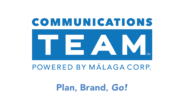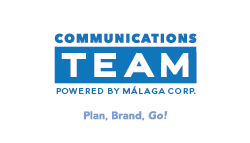Had you asked the average Minnesotan in early 1991 to handicap that year’s U.S. Senate race, the vast majority would’ve no doubt told you that the chances of an obscure political science professor defeating a millionaire incumbent businessman were approximately the same as the proverbial snowball’s in hell.
The problem, as is often the case, was money, or lack thereof. For every dollar that the challenger, Paul Wellstone, had in his campaign war chest, the incumbent, Rudy Boschwitz had 7.
As it turns out, Wellstone had him right where he wanted him. He would manage to squeeze by Boschwitz in one of the biggest upsets in American electoral history.
Wellstone’s secret weapon? Storytelling.
Coming two years after the breakout documentary Roger and Me, in which the filmmaker Michael Moore attempts to locate the then-CEO of General Motors, Roger Smith about layoffs at the Flint Michigan, plant, Wellstone capitalized on the same underdog narrative in a campaign ad that showed the nerdishly charming candidate trying to arrange a debate with Boschwitz. As he roams the parking lot outside Boschwitz’s corporate headquarters, Wellstone spies a Mercedes Benz, leans into the camera and with a smirk, says, “nice car.”
Wellstone’s stunning upset more than a quarter-century ago underscores that the story –more than money–is the key to connecting to your audience. Storytelling, like art, builds community, elevates us, and makes us feel less alone.
What are the elements of a good story? Read on.









Leave A Comment